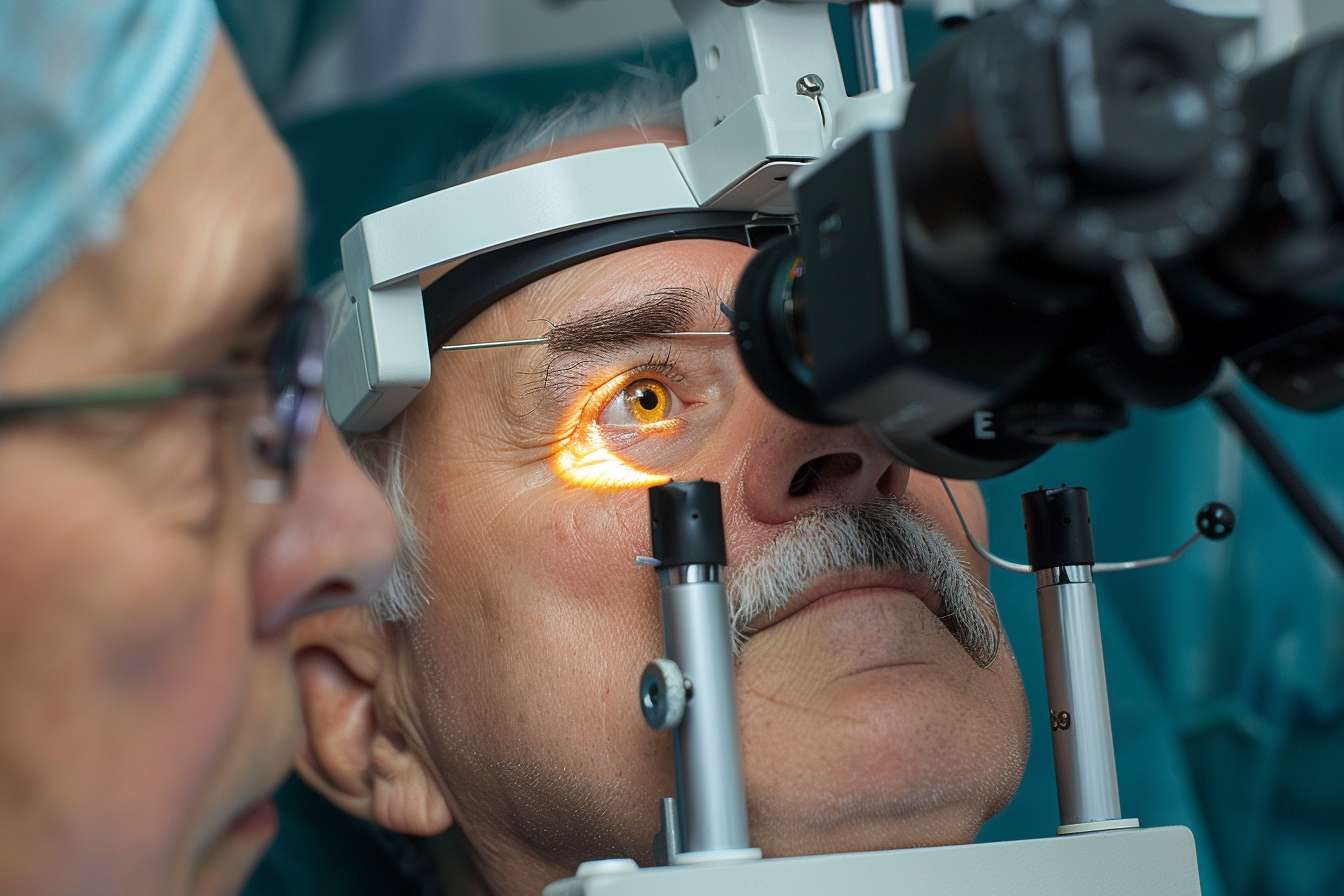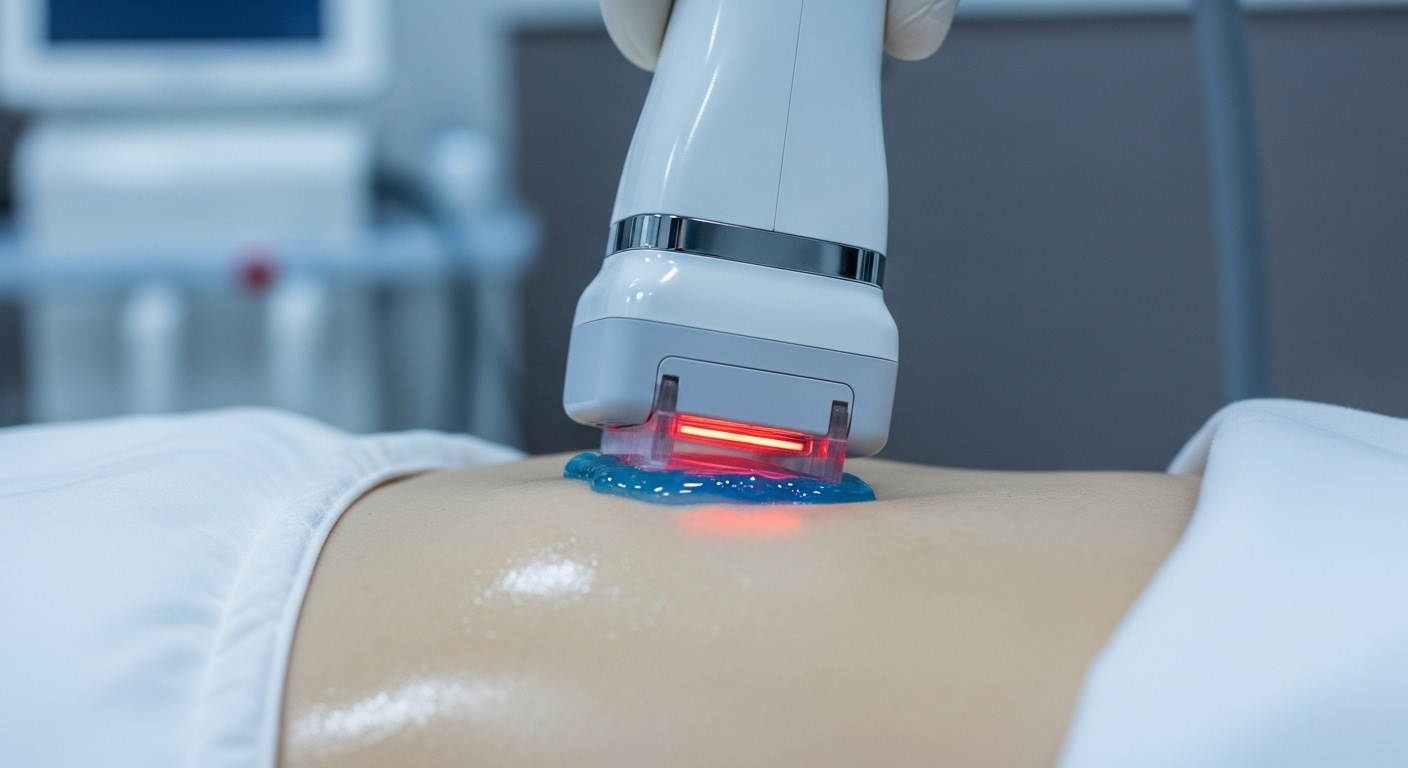Beyond 20/20: Exploring the Latest Refinements in LASIK Technology
LASIK technology continues its rapid evolution, promising outcomes that transcend traditional 20/20 benchmarks. This RSOC feature examines the cutting-edge refinements—from sophisticated wavefront analysis and topography-guided treatments to next-generation femtosecond lasers—that are redefining precision and patient satisfaction in refractive surgery. We explore how these advancements are not only improving visual acuity but also enhancing the quality of vision, minimizing aberrations, and expanding the scope of treatable conditions. Stay informed on the innovations shaping the future of LASIK.

What are the next-generation diagnostic tools for LASIK planning?
The foundation of a successful LASIK procedure lies in accurate pre-operative assessment. Next-generation diagnostic tools have significantly enhanced the precision of LASIK planning. Advanced wavefront aberrometers now provide a more detailed map of the eye’s optical system, measuring both lower-order and higher-order aberrations with exceptional accuracy. These devices can detect even the most subtle irregularities in the cornea and lens, allowing surgeons to create highly personalized treatment plans.
Corneal topographers have also evolved, offering high-resolution 3D maps of the corneal surface. Some of the latest systems combine Scheimpflug imaging with Placido disc technology, providing comprehensive information about corneal thickness, curvature, and elevation. This detailed data enables surgeons to identify potential issues that might affect LASIK outcomes and tailor the treatment accordingly.
How do advanced ablation profiles improve visual quality?
One of the most significant advancements in LASIK technology is the development of sophisticated ablation profiles. These profiles dictate how the laser reshapes the cornea during the procedure. Traditional LASIK focused primarily on correcting lower-order aberrations like nearsightedness, farsightedness, and astigmatism. However, advanced ablation profiles now address higher-order aberrations as well, which can significantly impact visual quality.
Topography-guided and wavefront-optimized treatments use the detailed information gathered during the diagnostic phase to create a customized ablation pattern for each eye. This approach not only corrects refractive errors but also aims to reduce existing higher-order aberrations and prevent the introduction of new ones. The result is often sharper vision, improved contrast sensitivity, and reduced glare and halos, especially in low-light conditions.
What innovations in femtosecond laser technology enhance safety and flap creation?
The femtosecond laser, used for creating the corneal flap in LASIK, has seen remarkable improvements in recent years. Latest-generation femtosecond lasers operate at higher frequencies and lower pulse energies, allowing for smoother, more precise flap creation with minimal tissue disruption. This enhanced precision contributes to faster healing and reduced risk of complications.
Some advanced femtosecond lasers now offer the ability to create customized flap shapes and sizes, moving beyond the traditional circular flap. These tailored flaps can be designed to better match the unique corneal anatomy of each patient, potentially improving the biomechanical stability of the cornea post-surgery.
How are LASIK outcomes now exceeding traditional 20/20 vision?
While 20/20 vision has long been considered the gold standard for visual acuity, modern LASIK techniques are capable of achieving even better results. Many patients now experience vision that surpasses 20/20, with some reaching 20/15 or even 20/10. This super-vision is made possible by the combination of precise diagnostics, advanced ablation profiles, and improved laser technology.
Moreover, the focus has shifted from merely achieving high visual acuity to enhancing overall visual quality. This includes improvements in contrast sensitivity, night vision, and reduction of visual disturbances like glare and halos. The goal is to provide patients with not just clear vision, but also more comfortable and functional vision in various real-world scenarios.
What unique advancements are shaping the future of LASIK?
The field of LASIK continues to evolve, with several exciting developments on the horizon. One promising area is the integration of artificial intelligence (AI) into LASIK planning and execution. AI algorithms can analyze vast amounts of data from previous surgeries to help predict outcomes and optimize treatment plans for individual patients.
Another innovative approach is the development of LASIK procedures that can address presbyopia, the age-related loss of near vision. Techniques like PRESBYOND Laser Blended Vision offer a modified form of monovision, potentially reducing or eliminating the need for reading glasses in older adults.
What are the real-world costs and provider options for advanced LASIK?
The cost of LASIK surgery can vary significantly depending on the technology used, the surgeon’s experience, and geographical location. Advanced LASIK procedures utilizing the latest technologies typically come at a premium compared to traditional LASIK.
| Provider | Technology | Estimated Cost Range (per eye) |
|---|---|---|
| TLC Laser Eye Centers | Wavefront-Guided LASIK | $2,000 - $3,000 |
| NVISION Eye Centers | Topography-Guided LASIK | $2,500 - $3,500 |
| LasikPlus | Custom Wavefront LASIK | $1,800 - $2,500 |
| Optical Express | iLASIK | $2,200 - $3,200 |
| Warshawsky Eye Institute | Contoura Vision | $2,800 - $3,800 |
Prices, rates, or cost estimates mentioned in this article are based on the latest available information but may change over time. Independent research is advised before making financial decisions.
It’s important to note that while advanced LASIK technologies often come with a higher price tag, they may offer improved outcomes and reduced risk of complications. Many providers offer financing options to make these procedures more accessible. Patients should consider not only the cost but also the surgeon’s experience, the clinic’s reputation, and the specific technologies used when choosing a LASIK provider.
In conclusion, the latest refinements in LASIK technology have significantly enhanced the potential for superior visual outcomes. From advanced diagnostic tools and sophisticated ablation profiles to innovations in femtosecond laser technology, these advancements are pushing the boundaries of what’s possible in vision correction. As LASIK continues to evolve, patients can look forward to even more precise, safer, and personalized treatments that offer visual results beyond the traditional standards of excellence.
This article is for informational purposes only and should not be considered medical advice. Please consult a qualified healthcare professional for personalized guidance and treatment.




